Garmin’s range of cycling computers is one of the most comprehensive on the market - there’s literally something available for everyone. From the Garmin Edge 130 to the Edge 530 and 830, the company has you covered. For years, the brand’s best cycling computers were the Edge 1030 and Edge 1030 Plus but, as rivals from Wahoo, Stages and Hammerhead have quickly progressed, Garmin has had to re-look at its top-tier offering and package in such a way that it is more competitive than ever. Enter the new Garmin Edge 1040 Solar, which builds on the brand’s rich heritage shoehorning innovations seen on its latest round of best smartwatches, namely solar technology. Let’s take a closer look at what makes the Garmin Edge 1040 Solar such a formidable package.
- Komoot vs Strava - which cycling app is best for you?
- Garmin Edge 530 review
- Trail Essentials - Kit to take on a mountain bike ride from the bare minimum to safety essentials
Garmin Edge 1040 Solar bike computer - Technical details
If you are familiar with the previous-generation Garmin 1030 Plus then the new-to-market Garmin 1040 Solar is going to feel pretty familiar. Compared to that model, the screen hasn't changed at all. It's the same 3.5-inch screen with 700x282 resolution and it drives the multi-touch interface that Garmin has been refining for years.
> Buy now: Garmin Edge 1040 Solar bike computer from Tredz for £629.99
The outside of the case is almost the same as well. The exterior dimensions are 59.3 x 117.6 x 20.0mm which differs only by a millimetre or two different in every direction. On the sides, the three physical buttons covering power, start/stop the ride, and lap start/stop are all in the same spot and close enough that you'd never notice a change unless you had both to compare.
The biggest physical difference comes down to the solar panels. Anyone comparing it to a modern smartphone will no doubt mention the large bezels that sit above and below the screen of the 1030 Plus. The spacing hasn't changed for the 1040 Solar but now the empty bezels have become solar panels. Anyone who looks at the new computer will undoubtedly find themselves drawn to this feature above anything else but if you flip it over, you'll also notice an updated, all-metal mounting interface. There's a bit of updated styling surrounding the mounting interface as well.
Internally, there are yet more similarities. Using the new computer, it feels a little snappier but that's not because of a new processor. On that front, nothing has changed and it's only feeling faster because of clever software optimisations. The real headline feature isn't the processor but rather the battery life. Use it as you expect, with everything connected and turned on and, on a sunny day or rather merely days used outdoors, it will stick with you for 45 hours. If you ride only in the dark or rain it's still an incredible 35 hours. Then, if you really want to optimise for a trip across a continent, you could drop to the lowest power setting for up to 180 hours of battery life.
All that performance doesn't come from a larger battery though. Instead, the battery has actually got a little smaller at 1800 mAh compared to the previous 1900 mAh on the non-solar Edge 1040. Just like the snappier performance, the extra battery comes down to software optimisation. Also, keep in mind the Edge 1040 Solar is still compatible with the Garmin Charge power pack for waterproof charging while you ride. The Edge 1040 Solar gets USB-C charging as well for a quick charge that adds an hour of riding time in five minutes and goes from empty to full in two hours.
One last little hardware detail that is new has to do with satellite connectivity. While road cyclists might not notice a huge difference, readers here will be happy to hear that the Garmin Edge 1040 Solar adds updated multi-band satellite positioning. The older unit, and every other cycling computer with navigation abilities, will connect to GPS/GLONASS/Galileo/BeiDou based satellite positioning systems and that hasn't changed. What's new is that while those systems connect through a single set of frequencies the Edge 1040 Solar has multi-band capability. It's more accurate but more importantly, it's less likely to lose connection because of trees.
Garmin Edge 1040 Solar bike computer - Software details
This is where the Garmin Edge 1040 Solar makes big changes compared to previous Garmin computers. Keep in mind that unlike Wahoo, Stages, or Hammerhead - all of which have the same software across a range of devices with hardware differences, Garmin doesn't operate like that. Each Garmin computer represents a fixed set of features that differs from those that come before and after. Garmin isn't porting any of the software updates and there's no option to pick a smaller screen and less battery life but get the new software features. If you want the new features, you'll need to get the latest unit.
Right now, that means the Garmin Edge 1040 Solar and what it brings is a further leaning into data-driven coaching. There are also some quality-of-life updates that bring a revised home screen with updated fonts and new graphics but that's not the meat of it. On that new home screen, there is a quicker way to get to the details of your training.
Much of it is so seamlessly integrated with what was there before that it's difficult to tell where one ends and the other begins but it hardly matters. The training status screen isn't new and it continues to show a long list of details about your training. Keep clicking through and you'll get to a cycling ability screen. In some ways the data presented is the same as the load focus screen. That makes sense given that the four-week load focus dictates your strengths. This is the first truly new piece and for me, it says "Endurance Specialist" and gives a small bit of info about what that means. More importantly, there's a "View Analysis" button.
Clicking the "View Analysis Button" takes you to another screen that breaks down the meaning of the three performance metrics from the previous screen. Up until now, the info presented is interesting but at the bottom of this screen is a button that says "View Course" and this is where you get a real glimpse of where Garmin is moving. Select one of your courses and there's yet another button that says “Course demands”. It's a way of comparing your strengths to the demands of a course and identifying training changes you may need to make.
The other, bigger, pieces of the extended training strategy are real-time stamina and the ability to create a power guide. In essence, these are both two sides of the same coin but the power guide is more relevant to solo efforts while stamina is better suited to racing. Both are ways of pacing during a ride. The stamina screen is a real-time view of the current effort vs your ability to sustain it. Start racing someone up a hill and you can watch your stamina turn red and start to decrease. This is very similar to Xert and the MPA measurement they offer. Power pacing takes that same information and uses it to break a ride into a series of chunks based on the difficulty you select. This is perfect for any kind of long race where you aren't often racing shoulder to shoulder but need to ride as hard as possible.
Outside of these big new updates, there are a host of other features that are mostly unchanged. Garmin computers interact with the world, and your smartphone via the Garmin Connect app and website. The Edge 1040 Solar is the first Garmin computer that takes the next logical step and allows your smartphone to handle the set-up of the data screens and profiles. You can still do it directly on the unit but now there's a choice. You can also handle the set-up of the power profiles via Garmin Connect before syncing it back to the Edge 1040 Solar via Bluetooth or Wi-Fi. If you build a course either in Garmin Connect or a third-party service that all happens in roughly the same way.
That phone connection also handles all the expected notification pass-throughs. You can tailor how it happens and what comes through but if you get a call or text it can show up on the head unit and Garmin even builds in quick responses that are a tap away. One other feature that the phone provides is the ability to send live tracking links. I have it set to send an automatic email to my wife when I start a ride for safety and coordination, but it's also helpful for meeting people during a ride. Garmin isn't alone in providing this option but the design is an upgrade compared to Wahoo. Just remember that it is dependent on mobile service so it might not be useful for single-track days. It can be a useful safety feature even if you lose connection though since in a worst-case scenario someone would have an idea of where you were before losing service.
What is not dependent on a mobile connection, is the mapping. Garmin has some of the best mappings already and the Edge 1040 Solar brings some updates here. Primarily it's a streamlining of the points of interest to make it more bike specific but the core functionality is still fantastic when mobile service is a distant memory. The multi-touch screen makes it fast to zoom in or out and understand the context of where you are as well as where you are heading. If you are on a road there are road names and there is also MTB-specific trail data. If you are following a course then the climbing screen will pop up automatically and it's now a bit more detailed.
Garmin Edge 1040 Solar bike computer - Performance
I touched on it briefly in the technical details section but what the Garmin Edge 1040 Solar does for my riding is all about battery life and pacing. On the battery life side of things, it’s pretty easy to see how this is a help. Over 45 hours of riding time means weeks on end without charging in normal use. I tend to charge when the battery gets down to about a quarter of what’s available only because it extends so long that it ends up being easy to start forgetting to ever bother. I have actually had to take advantage of the fast charging once or twice for that reason alone.
It’s not just the everyday riding that benefits though. That part is nice but battery life that long has the ability to change how you ride when it comes to bikepacking and ultra-endurance racing. Not long after starting to ride with the Garmin Edge 1040 Solar, I headed out the door early one morning to attempt a 640km/400-mile mixed surface ultra-endurance race. As much as possible I planned for backups and carried the gear I’d need to stay self-sustained for the entire ride but one thing I never had to think about was a charging strategy for my bike computer. Now Garmin does have the Charge Power pack so that already makes charging in the rain an easy option but using it means you can’t hang a light under the bike computer. If using a different computer then you’d have to pack a charging cable and power pack and consider how both will fit into your gear. It’s a small list of details that the Edge 1040 Solar completely bypasses.
The other major piece the Edge 1040 Solar brings to the table is pacing insight. My long rides tend to be solo. Every weekend I head out the door for something in the 5-7 hour range alone and it can be difficult to stay focused on those rides. You start to wonder what the point is and it’s easy for average power to start to fall. The same challenge exists with racing long gravel events. Sometimes I’ll find myself in a group but often I’m somewhere in the malaise between a group I can’t quite catch and a group behind me. These are situations where the new pacing features are a huge help.
When I’m alone, it’s the Garmin Power Guide that finds use. It’s a system that starts with creating a route, something I always do in RidewithGPS, then allows you to set your desired terrain, riding position, gear weight, and the effort level desired. From there it will create splits across the entirety of the course and it’s very detailed. One of the courses I’ve used it on has 101 splits for a 148km / 92m course. When it’s time to ride, all I have to do is follow the directions during the ride.
Of course, you might use the feature for a group event as well but the other side of the coin is more useful when riding with other people. That’s the stamina feature and it’s a real-time readout of your ability to sustain a given power level. There’s a gravel race I’ve done a few times that features a long hill just before a course split. If I hit that hill with a group, I have to decide if it’s worth the effort to stay with them. My group may be riding a shorter distance than me. If I ride too hard to stay with them, I risk suddenly being alone and completely drained with a long way to go. This is where the stamina screen comes into play. It provides detailed information based on heart rate to power data, showing how sustainable your current effort might be. The simplest aspect though is a bar along the upper portion of the screen that’s either green, sustainable effort, or red which is unsustainable. Stay in the red and your available stamina will drop until you’ve got nothing left to give and you feel terrible.
Garmin Edge 1040 Solar bike computer - Verdict
One of the few missing features on the Edge 1030 Plus was that if you added a ride timer to your display, it didn’t have seconds. It made doing intervals or timing one-minute pulls in a group difficult and Garmin fixed it on the Edge 1040 Solar. The company has also added USB-C charging and if you’d asked me how the Edge 1030 Plus needed improvement, that would have mostly covered my needs. I might have also said something about being able to use a phone to set up the display but doubling the battery life, adding solar panels, and adding pacing tools weren’t something I even considered. That’s not to say I don’t love those features, just that the Edge 1030 Plus was really good. The improvements needed were small and the Edge 1040 Solar surpasses them. The most disappointing part might be that, unlike Wahoo or Hammerhead, the software-only features are locked to the newer head unit. That means if you want them, you’ll have to upgrade but it also means it will likely happen again when the next great thing comes.
The one big challenge with saying you should immediately go get the Edge 1040 Solar is the price. This is an expensive computer and it’s not something everyone is going to need. If you already have an Edge 1030 Plus then there’s probably no good reason to upgrade unless you lose it. Those with an Edge 530 or 830 might consider switching with a little more interest. Those units have a whole lot of battery life but if you’d ever wanted more then this opens up an option and you also get a bigger screen and extra features. The same goes for those using a Wahoo or Hammerhead computer.
The Garmin Edge 1040 Plus has significantly better mapping than Wahoo and the battery life is much better than Hammerhead (and Wahoo for that matter). As long as you’ve got the money to pay and understand that Garmin is unlikely to add features going forward, then the Garmin Edge 1040 Solar is the most advanced cycling head unit on the market and it works incredibly well.








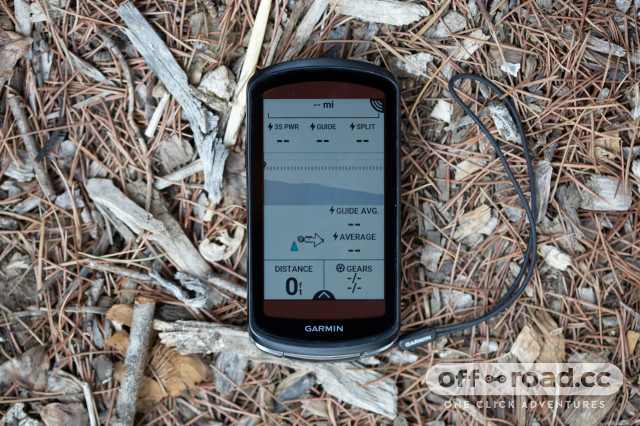




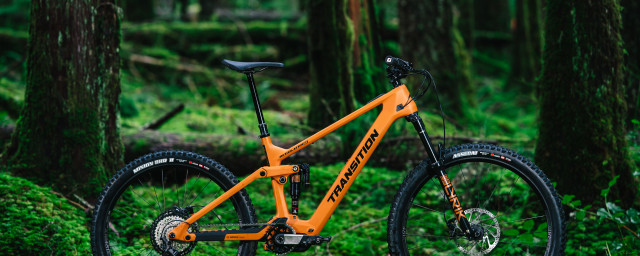


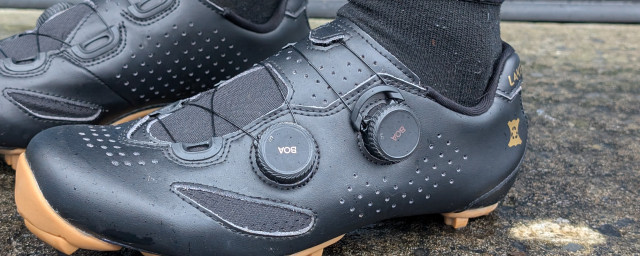
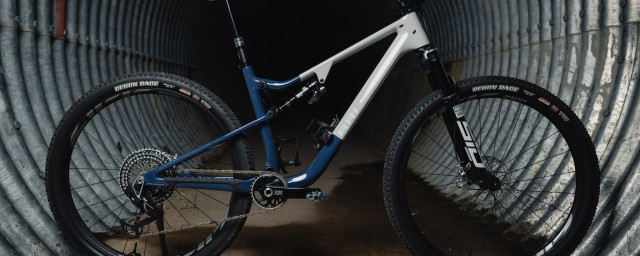


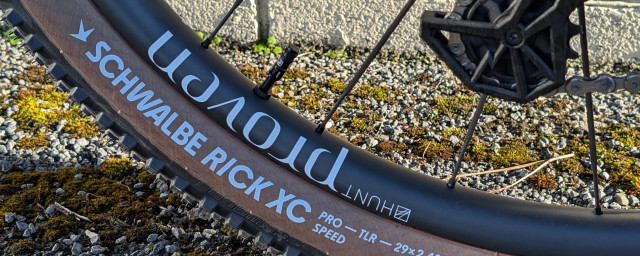
Add comment